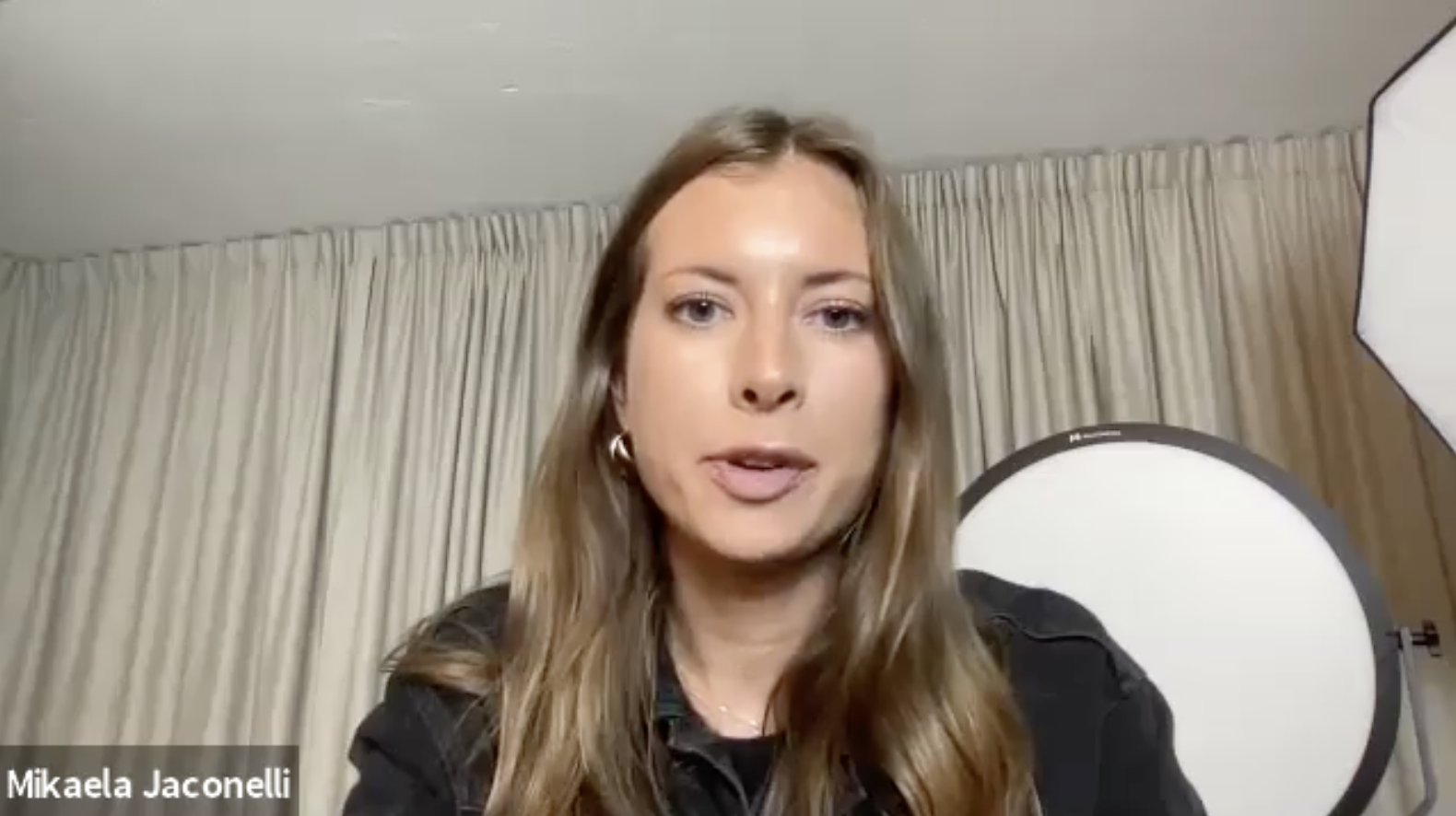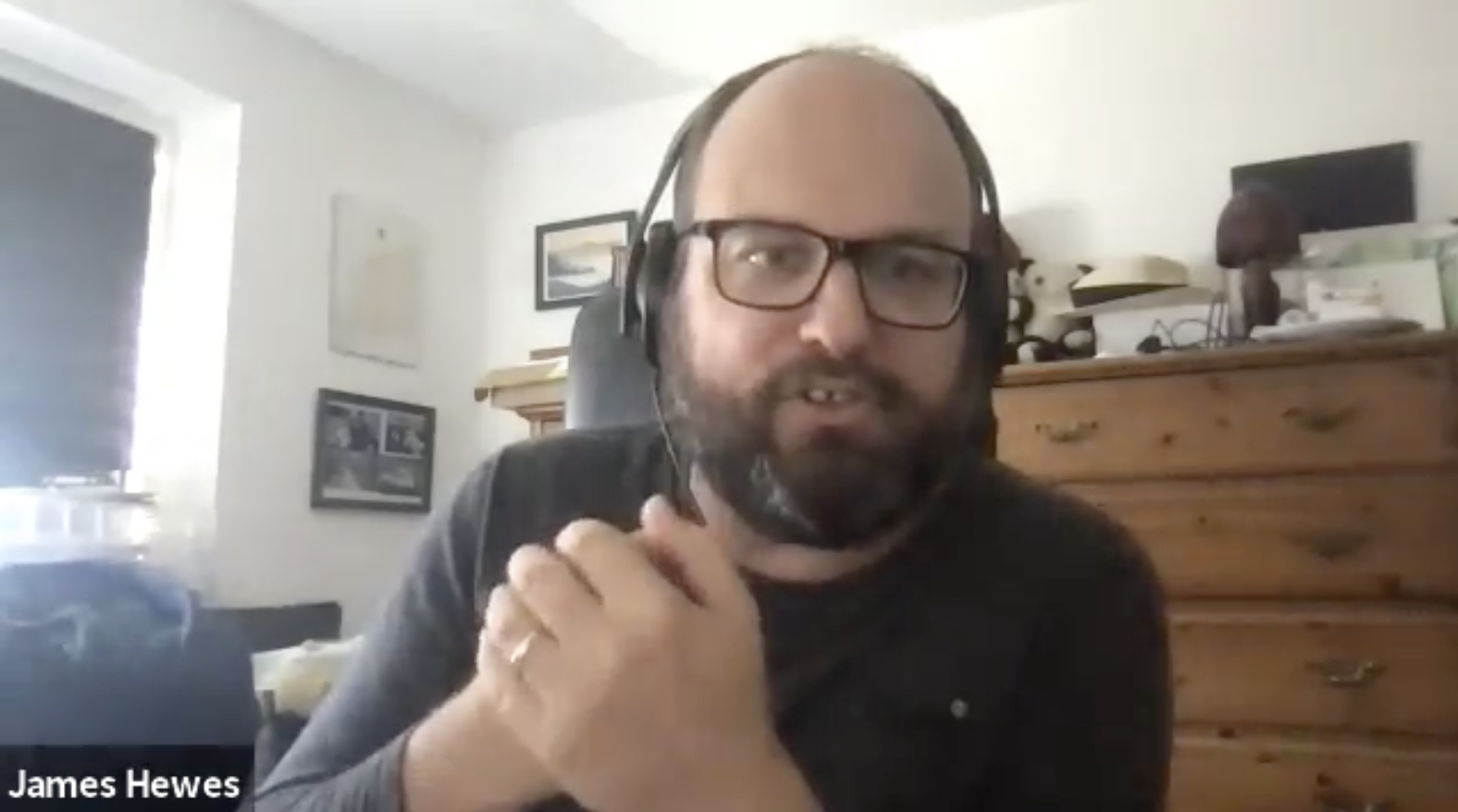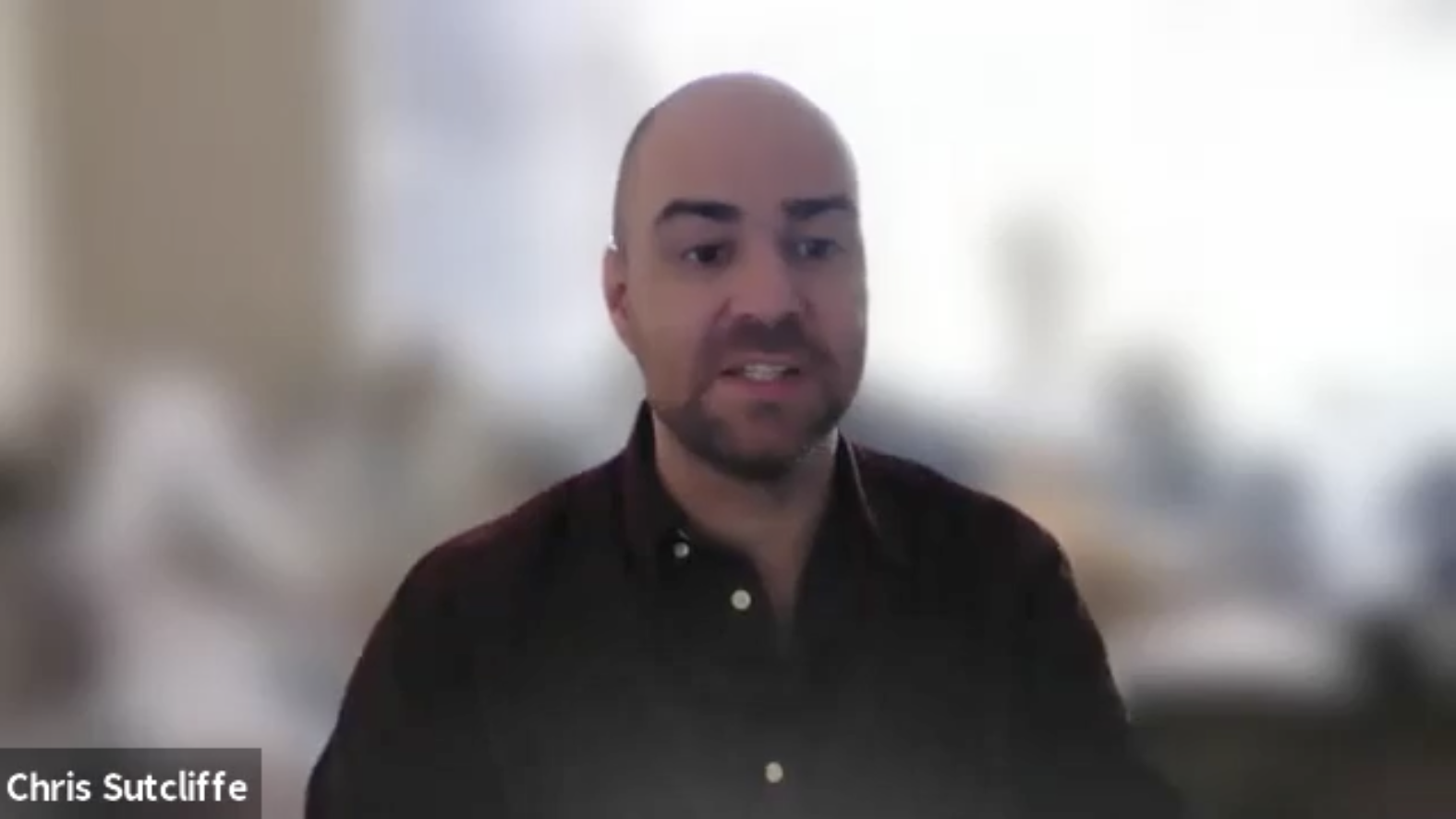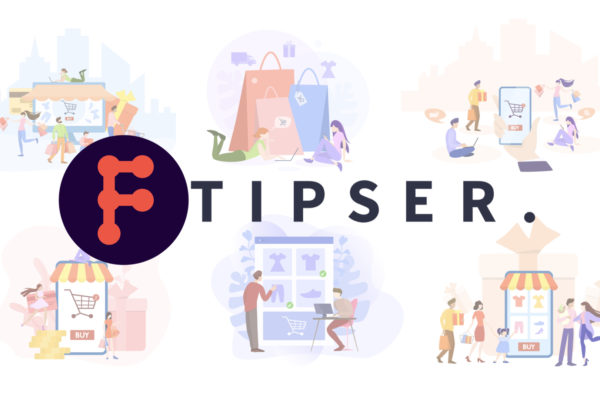FIPP and Tipser’s e-commerce course Week 2: A look at the growing range of models around the world
The second module in FIPP’s new e-commerce training course, being held in association with Tipser, took place this week. The group looked at the breadth of e-commerce practices and models now being implemented around the world. Damian Radcliffe – Carolyn S. Chambers Professor of Journalism at the University of Oregon, was joined by Mikaela Jaconelli – Director of Client Success at Tipser, James Hewes – President & CEO of FIPP, and Chris Sutcliffe – Senior Reporter at The Drum.
Beginning the session, Jaconelli explained the need to fully understand your audiences in successfully transitioning readers to e-commerce customers, and the importance of finding a niche in the space.

“As you will understand, the niche that will work for you depends on what type of publication you are. If you’re writing about fashion, then most likely you will find your perfect match within a niche for fashion. The same goes for beauty, technology, sports… regardless of the subject. The point is to find a niche that matters for your target audience. And you can do this by looking into what your audience likes to read about, what content they are the most engaged with, what they like to share, what they like to like, and what they interact with. This will give you a great starting point in letting you know what they are more likely to buy.”
“But remember, it’s not always the case that people want to read about the exact same things as they want to consume. There might be an overlap, but you also need to investigate where this differs. If we look at Tipser right now, we are have having the most successful niche focusses on fashion and beauty at the moment. But we also within the news media sector for example are seeing the popularity of interior and home décor segments.”
Of course, in order to successfully implement e-commerce, publishers need to take that first step. And while some are already doing this to great effect, it’s fair to say that the industry has been relatively slow more generally to pivot towards this important revenue stream.

“What we’re finding is that e-commerce is a little bit of a hidden feature of most publisher’s businesses at the moment,” said James Hewes, President and CEO of FIPP. “We know it’s there, but they don’t make as big a song and dance about their success (with a few exceptions) as some of the other areas of their business. But we do know that digital subscriptions and e-commerce are key areas of growth at present.”
“My only conclusion is – and pardon my swearing – it’s the bloody advertising! People are still so focussed on advertising – which I get because it’s an important part of most people’s businesses and it’s a very valuable revenue stream and all the rest of it – but they’re perhaps not as focussed on consumer revenue as they should be. That has to change, because all the data we’re seeing is that whilst you may be having some shorterm gains from advertising, in the longterm the picture is only heading in one direction, which is downwards. And that’s not only for your print business, that’s for your digital business as well.”
But it’s not just a familiarity with traditional revenue models that has caused publishers to move slowly into the area of e-commerce, Hewes says. This is a relatively new discipline, and it is inevitable that the level skills and expertise available will take time to catch-up with the trend.
“I think there is a genuine shortage of skills in this space. It’s a relatively new area for most publishers, so we don’t really know how to do it yet – and that’s perfectly fine, that’s what we’re here to do is help people learn.”
“But there’s also still a sense at present of not fully knowing where the opportunity is. And I also think that publishers may be caught in a dilemma a little bit, in that if you’re a smaller business in particular, you’re kind of forced into an affiliate model for ecommerce. Which is not really that lucrative. But equally you don’t really want to go to the extents of building your own ecommerce business, because that’s expensive and risky.”
Despite a notable apprehension for change, there is also now a growing desire within the industry to embrace e-commerce as a genuine revenue stream. And as Chris Sutcliffe, Senior Reporter at The Drum highlighted in the session, this is leading to involvement.

“I think that one thing that does take you by surprise when you look back is how quickly things are accelerating. There’s almost exponential growth in interest in – and revenue from – e-commerce. And so you see so many more players enter the space in terms of providers.”
“But there are also many people entering the space in terms of publishers who are looking to really capitalise on this new audience hunger to purchase. Obviously that’s been accelerated by the pandemic, but also there has been a more general realisation from publishers that audiences are habituated now to making purchases, and to making purchases in the most convenient way for them. The publishers that are doing that best are the ones who have been prospering the most.”
The course on How to implement and build a successful e-commerce model around content takes place each Thursday from 9 September to 7 October 2021.










